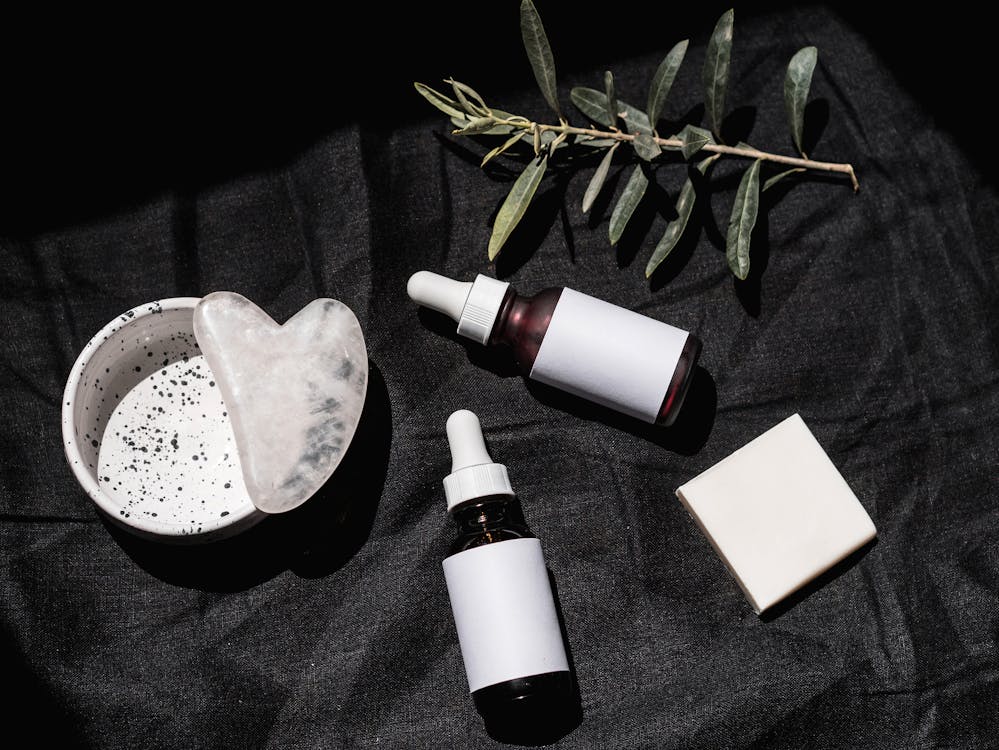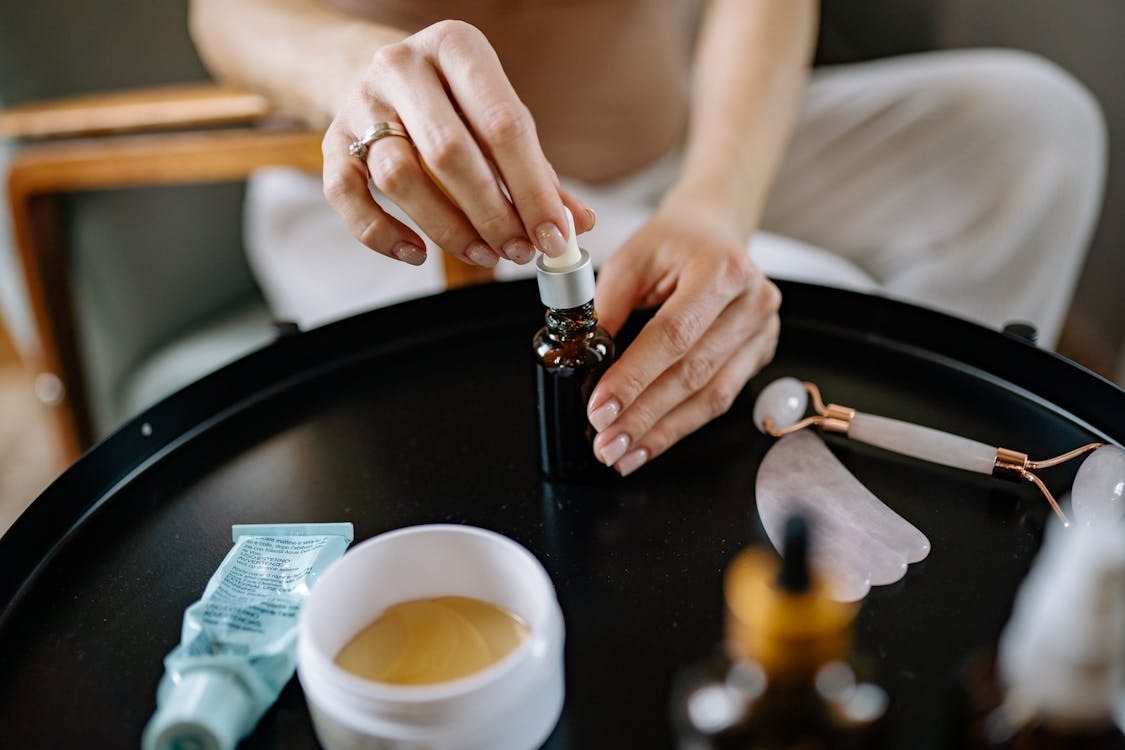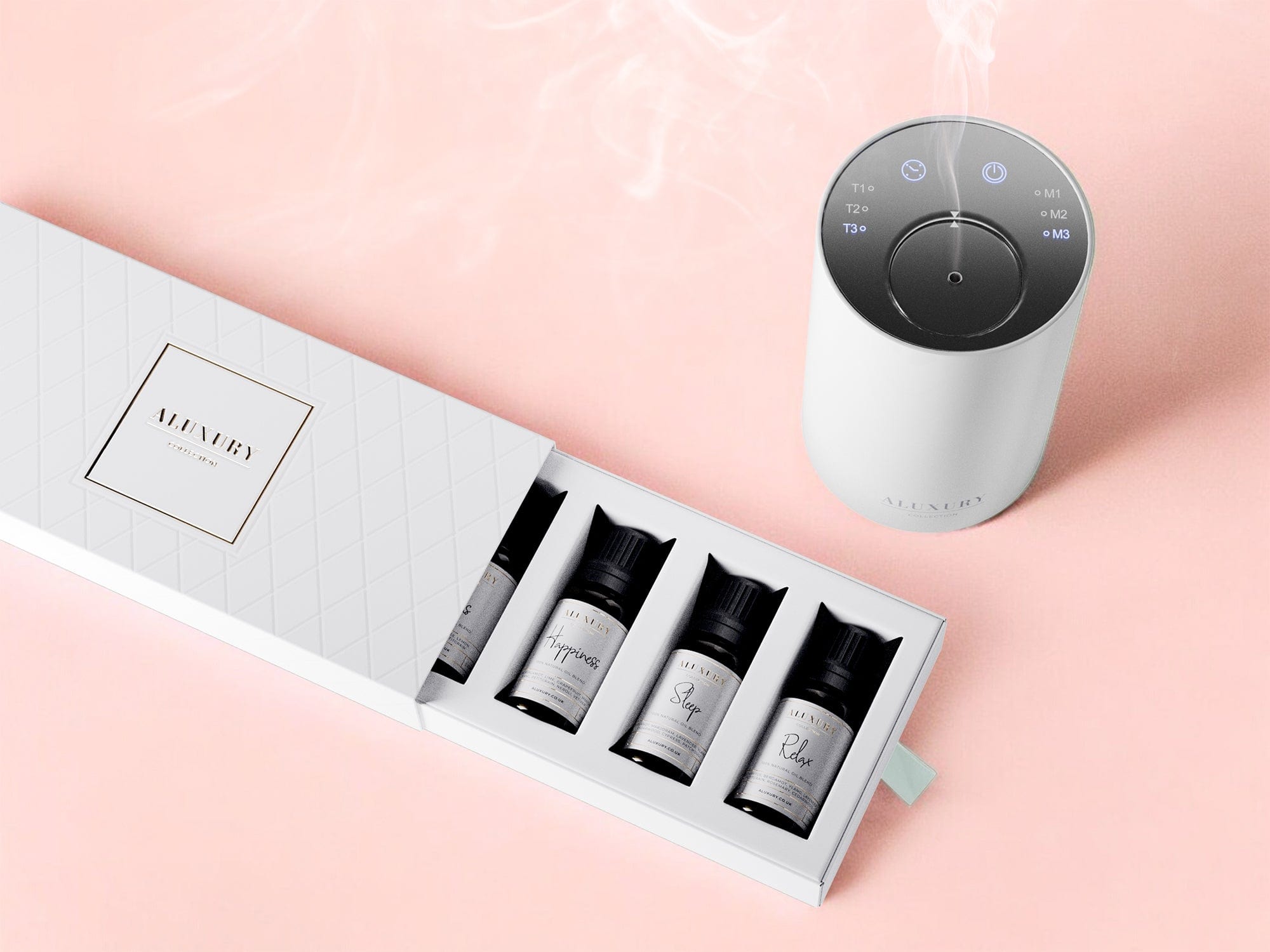Essential oils are widely used for their therapeutic benefits, ranging from aromatherapy to skincare and wellness. However, not all essential oils are the same. The quality and purity of these oils vary, so it’s important to understand the different essential oil grades and identify pure essential oils.
This article explores the grading system, explains how to test purity, and provides guidance on making informed choices.
Types of Essential Oil Grades
There are four main types of essential oil grades: Grade A, Grade B, Grade C, and Floral Water. Each grade has its characteristics, uses, and quality levels.
1. Grade A (Therapeutic Grade)
This is the highest quality essential oil, known for its therapeutic and medicinal benefits. Grade A oils are derived from organically grown plants distilled using processes that preserve their potency without adding synthetic chemicals or pesticides.
These oils are used in professional aromatherapy and wellness practices because of their purity and effectiveness. Therapeutic-grade oils are rigorously tested for purity, ensuring they contain no fillers or additives.
Unless stated otherwise, they are not diluted with carrier oils, which makes them highly concentrated and effective for various health applications, such as reducing stress, enhancing sleep quality, and promoting skin health (RainShadow Labs, Essential Oils UMO).
2. Grade B (Food Grade)
Grade B oils, also known as food-grade oils, may be safe for culinary use. These oils can add aroma and flavour to dishes but often contain carrier oils, pesticides, and other chemical additives that make them less pure than Grade A oils.
While they can be used for cooking, they are not recommended for therapeutic purposes. The presence of additives means these oils might not offer the full benefits of higher grades (RainShadow Labs, Essential Oils UMO).

3. Grade C (Perfume Grade)
These oils are primarily used for their fragrance in personal care products like lotions, shampoos, and perfumes. Grade C oils typically contain synthetic fragrances and chemicals that enhance their scent but do not provide the therapeutic properties of Grade A oils.
These oils are unsuitable for skin application or health use due to their synthetic components. It is crucial to avoid using Grade C oils for any purpose other than fragrance because they might cause skin irritation or other health issues (RainShadow Labs, Essential Oils UMO).
4. Floral Water
Floral water is the lowest grade and is essentially the byproduct of the essential oil distillation process. While it has a mild fragrance, it lacks the concentrated therapeutic properties of higher grades.
Floral water might be safe for certain uses if derived from Grade A distillation processes but is generally unsuitable for health or wellness applications (RainShadow Labs, Essential Oils UMO).
How to Identify Pure Essential Oils
When purchasing essential oils, it is vital to verify their quality. Here are some ways to identify pure essential oils:
1. Label Check
High-quality essential oils always state “100% pure” on the label. They should also provide the botanical name (e.g., Lavandula angustifolia for lavender oil). This detail helps confirm that the product is authentic and not mixed with synthetic additives. Be wary of terms like “fragrance oil” or “aromatherapy oil” as they may indicate synthetic or lower-grade products (RainShadow Labs).
2. Price Consideration
The cost of essential oils can be a clear indicator of their quality. Grade A oils are generally more expensive because they are pure and require extensive production processes. If an essential oil is significantly cheaper than other options on the market, it could be a sign that it contains fillers or synthetic substances that compromise its purity (RainShadow Labs).
3. Testing and Certification
Reliable brands often conduct quality testing, such as Gas chromatography-mass Spectrometry (GC-MS), to verify their oils' chemical composition and purity. Some brands provide access to these test results, ensuring product content transparency.
When buying essential oils, look for those that provide evidence of such rigorous testing procedures to guarantee quality (RainShadow Labs, Essential Oils UMO).

How to Test Essential Oils at Home
While professional testing is ideal, there are simple methods you can use at home to check the purity of essential oils:
- Blot Test: Place a drop of the oil on a piece of white paper and allow it to dry. Pure essential oils evaporate without leaving a residue. If the oil leaves an oily stain, it may have been diluted with a carrier oil or contain other impurities.
- Scent Test: Pure essential oils have a natural, strong aroma. If the scent smells artificial, overly sweet, or chemically enhanced, it might indicate that the oil contains synthetic additives (RainShadow Labs).
The Benefits of Using Pure Essential Oils
Pure essential oils, particularly Grade A oils, offer a wide range of health and wellness benefits:
- Holistic Healing: Therapeutic grade oils can be used in aromatherapy to reduce stress, improve sleep, and enhance mental clarity. When diffused, these oils release aromatic compounds that impact the limbic system responsible for emotions and memory.
- Skin Care and Beauty: These oils are also effective in DIY beauty products. For example, oils like lavender and tea tree have anti-inflammatory and antibacterial properties that can help treat acne and promote skin regeneration (RainShadow Labs).
- Natural Air Purification: Diffusing pure essential oils can purify the air and create a calming environment. Essential oils like eucalyptus and peppermint are especially known for eliminating airborne bacteria and providing respiratory relief (RainShadow Labs).

Common Misconceptions About Essential Oil Purity
It’s essential to address some misconceptions around essential oils:
- Price Doesn’t Always Equate to Quality: Lower prices often indicate lesser quality, but not all expensive oils are pure. Some companies might charge a premium for oils not thoroughly tested for purity.
- Not All Oils Are Suitable for Direct Skin Application: Even if an oil is labelled as therapeutic grade, not all oils are safe for undiluted application on the skin. To avoid irritation, essential oils must be diluted with carrier oils like coconut or jojoba oil before use (Essential Oils UMO, RainShadow Labs).
Storing Essential Oils Properly
Proper storage is crucial to maintaining the quality and effectiveness of essential oils:
- Use Dark Glass Bottles: Essential oils should be stored in dark glass bottles (amber or blue) to protect them from light exposure, which can degrade their quality.
- Keep in a Cool, Dry Place: Oils should be stored in a cool and dry environment to prevent evaporation and loss of potency. Avoid placing oils in warm areas like kitchens, as heat can alter their chemical composition (RainShadow Labs).
Conclusion
Understanding the different essential oil grades and how to identify pure essential oils is vital for making informed and safe choices. Grade A oils offer the best therapeutic benefits but come at a higher cost due to their purity and production methods.
Checking labels, verifying testing procedures, and conducting simple at-home tests can help you choose the right oils for your needs. Whether you use essential oils for aromatherapy, skincare, or cooking, prioritising purity ensures you reap the maximum health and wellness benefits.
By taking the time to understand these grades and purity indicators, you can confidently select the highest quality essential oils available.






Share: